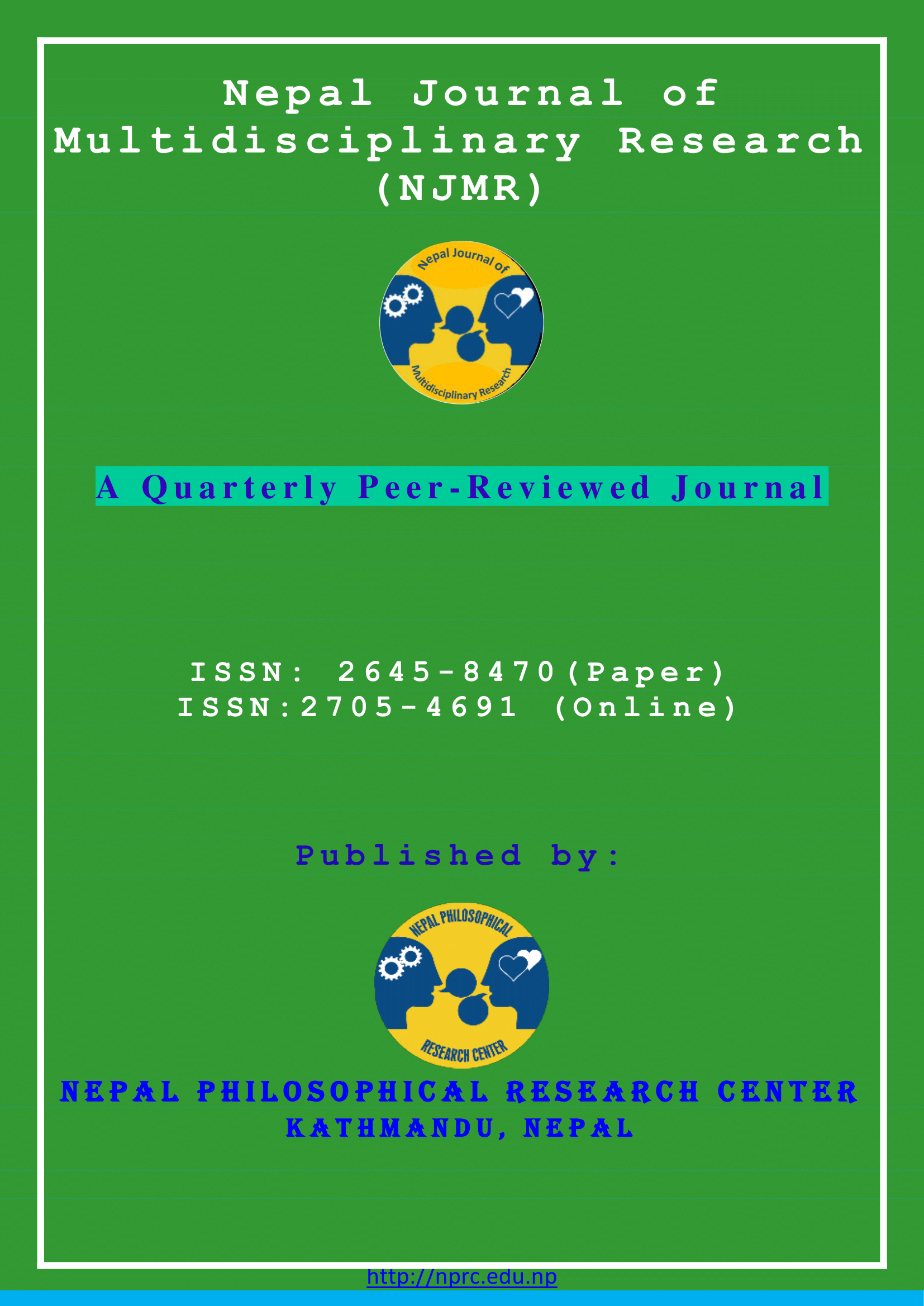Strategic Success Factors of Information Technology Outsourcing in Emerging Markets
DOI:
https://doi.org/10.3126/njmr.v4i1.36623Keywords:
confirmatory factor analysis, emerging market, exploratory factor analysis, information technology, outsourcing, outsourcing strategyAbstract
Many businesses are collaborating on joint service initiatives in order to cut operational costs and compete for profits. Outsourcing is a cost-reduction strategy used to carry out tasks by service providers or vendors that are typically handled within the company. This research is focused on outsourcing strategies on vendor’s point of view, as many emerging markets continue to struggle to establish a foothold in the international market. The success of IT outsourcing is largely dependent upon the vendor's internal strength, industry-specific environmental factors, and country-specific policies. The respondents were chosen using a snowball sampling technique, and variables were selected from literature review and consulting with industry experts. The survey was conducted within the Kathmandu valley, and quantitative data were collected for the study. Respondents were outsourcing agencies, freelancers, outsourcing consultants and policy makers. The analysis included Structured Equation Modeling and identified six key strategic factors for emerging market: banking priority, growth capacity, intellectual property, country specific specialization, foreign direct investment, and the HR Structure of the vendor. It is suggested that policy makers and IT outsourcing vendors utilize these factors to further strengthen their position in the global outsourcing industry.
Downloads
Downloads
Published
How to Cite
Issue
Section
License
This license enables reusers to distribute, remix, adapt, and build upon the material in any medium or format for noncommercial purposes only, and only so long as attribution is given to the creator.




